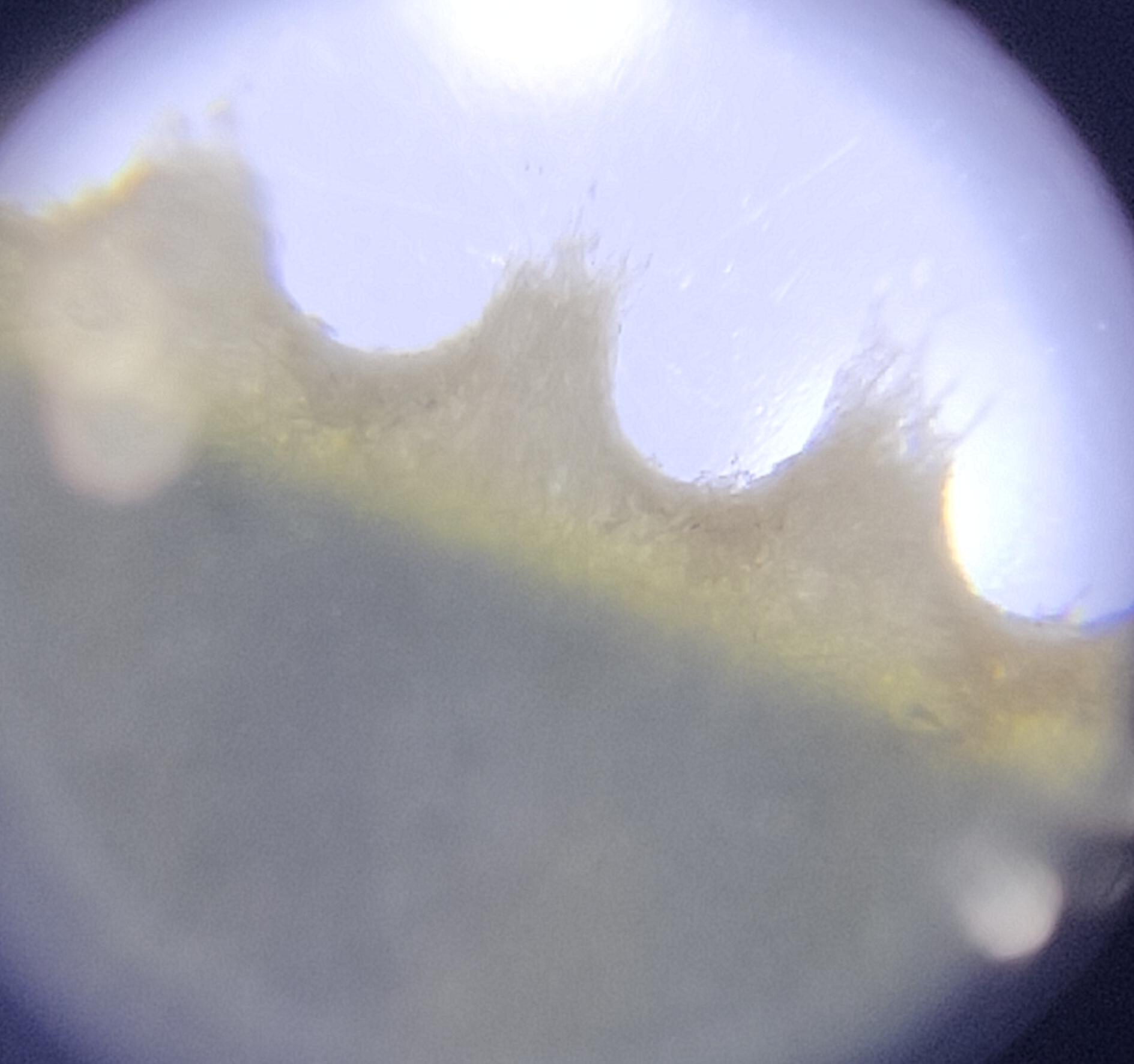Tin Can Mail: From mails to greedy exploits.
In exploring various unique covers, and amongst the many paquebots and ship mails, the Tin Can Mail is a good conversation starter.
Like the name suggests, mails were delivered in a tin can in Tonga.
Why? Did the Tongans have no proper postal service?
To address the latter question, yes and no. The Tonga Post Office was established in 1882, however, means to communicate with the 'outside world' was made much more challenging considering that the geographical features of the doughnut-shaped island of Niuafo'ou did not permit ships to anchor.
The creative idea of the Tin Can Mail materialized in the early 19th century, which came out of desperation for William Travers, a plantation manager, to send and receive mails abroad. With harboring ships out of the question, mails were sealed in a biscuit tin before throwing it into the shark-infested waters. Swimmers from the island would then swim out to retrieve the floating tin can, and later swim out to hand over another tin can to passing ships.
The Tin Can Mail was later popularized by Walter George Quensell, whom had realized that the unique method of delivery is of philatelic interest. This has led to the development of the 'Tin Can Mail' cachet. As it gained traction in later years, similar cachets were made in different languages, even pictorial ones depicting the shape of the island.
With immense popularity, philatelic covers greatly outnumbered commercial mails. While I do not own any commercial mails, a philatelic cover is very easy to tell apart. Hint: Tons of special cachets.
 |
| The back of the cover is literally flooded with cachets. |




Comments
Post a Comment